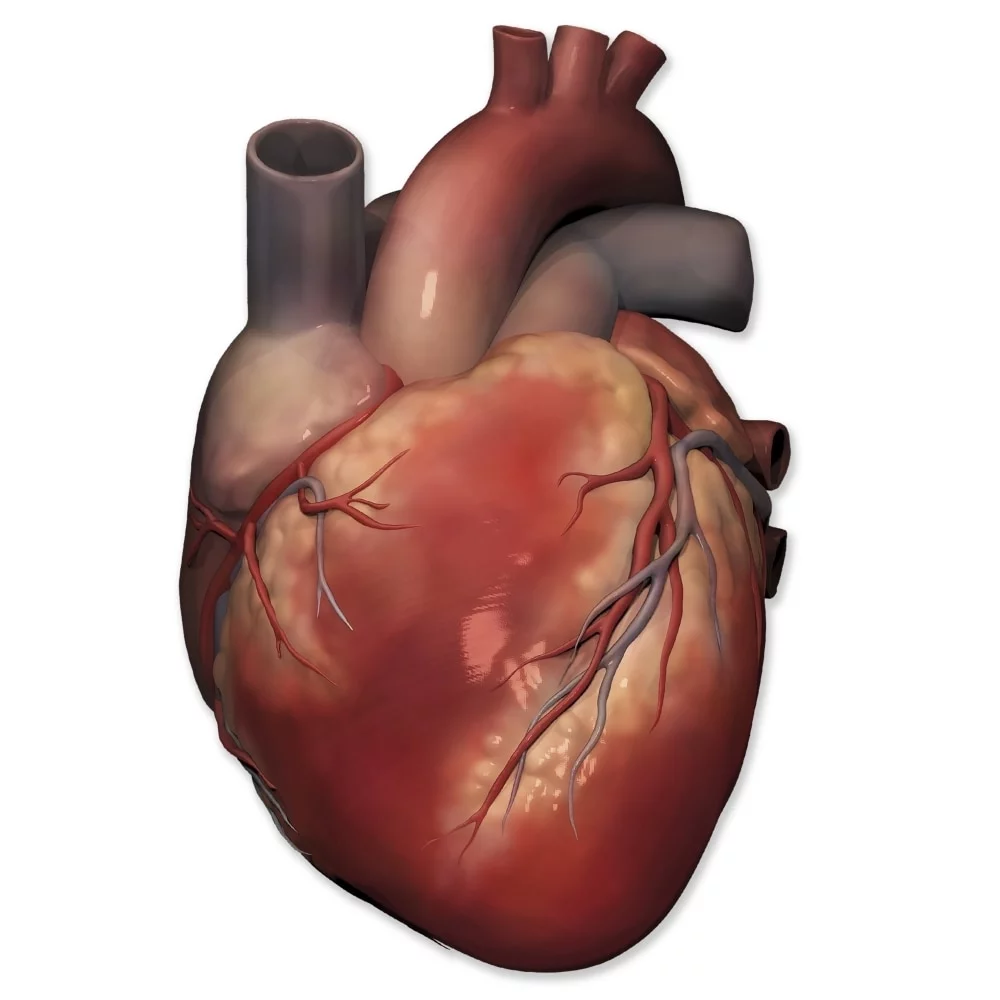Myocardial infarction(MI) is undeniably one of the most prevalent emergency cases that a physician would have to meet during their clinical practice , a condition that requires immediate attention as a few hours can be the difference between complete resolution of the situation and permanent damage to the cardiac muscle , or even death . We are going to go over the main pillars of MI diagnosis as well as treatment options.
Diagnosis
- History taking : Like any medical condition , the diagnosis of MI requires the triad of history taking , physical examination , investigation . However, a careful history remains the cornerstone of the diagnosis of MI , as a confident diagnosis can be made based on history alone . The most important and common symptom of MI is angina pectoris , a crushing/tight and heavy sub-sternal chest pain that can radiate to the shoulders , the back , the left arm and the lower jaw . The pain persists for more than 20 mins , and is not relieved by sublingual nitrates.
Past medical history should be investigated specially regarding IHD , either an established diagnosis , previous episodes of stable angina , or even an actual previous MI . These indicators ,that can be collected through a comprehensive history, should increase the healthcare personnel’s suspicion concering the presence of a MI . - Physical examination : Eventhough there are no specific signs associated with MI , but it is recommended to examine non-coronary vascular structures – Posterior tibial artery for instance and the other peripheral pulses – as it could reveal a non diagnosed asymptomatic vascular disease , and it would indicate the existence of widespread atherosclerosis , increasing the suspicion towards the possibility of MI . Cardiac auscultation as well is recommended as some cases present with a third or a fourth heart sound , as well as mitral insufficiency .
- Investigations : A combination of criteria of findings are required to diagnosed Acute Myocardial Infarction (AMI) : A rise or fall of cardiac biomarkers , preferably high sensitivity troponin AND :
-Symptoms of Ischemia.
-New ST segment changes in an ECG.
-Development of pathological Q waves.
-Imaging evidence of new loss of viable myocardium or contractile abnormality through echocardiography.
-Intra coronary thrombus detected by coronary angiography .
Treatment
The focus of MI treatment is to restore the blood flow to the threatened muscle tissue as soon as possible , within the reperfusion window of 12-24 hours .
The best method to do this would be through a Primary percutaneous coronary intervention (PPCI) within 120 mins from the MI diagnosis.
However if PPCI is not available to be administered in time , then fibrinolytic therapy is recommended in patients without contraindications .
As an adjunctive therapy it is recommended to use aspirin and clopidogrel tablets as an antiplatlet treatment, as well as Beta blockers , ACE inhibitors and ARBs and MRAs when the ejection fracture is lower than 40%
